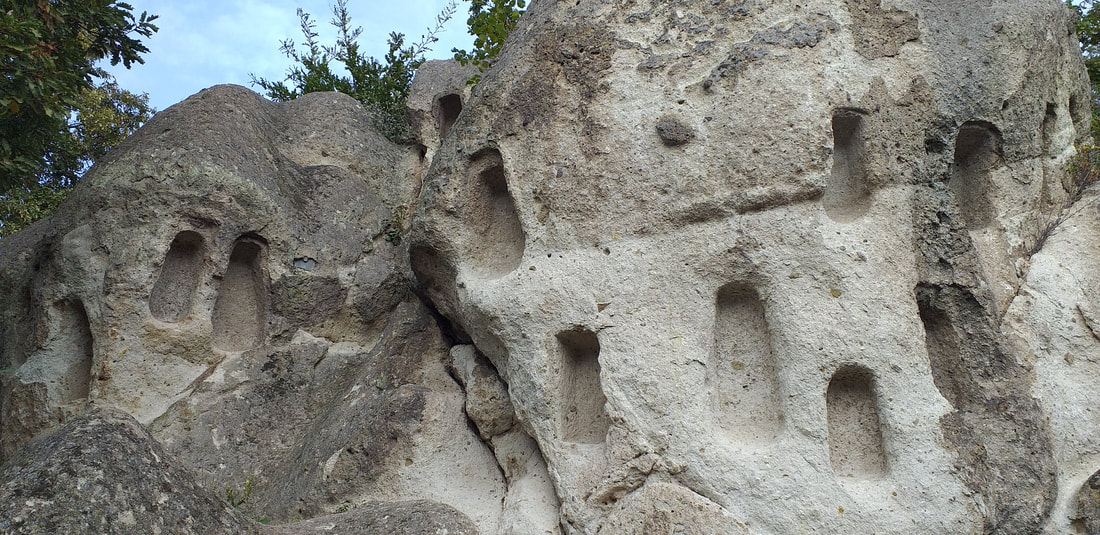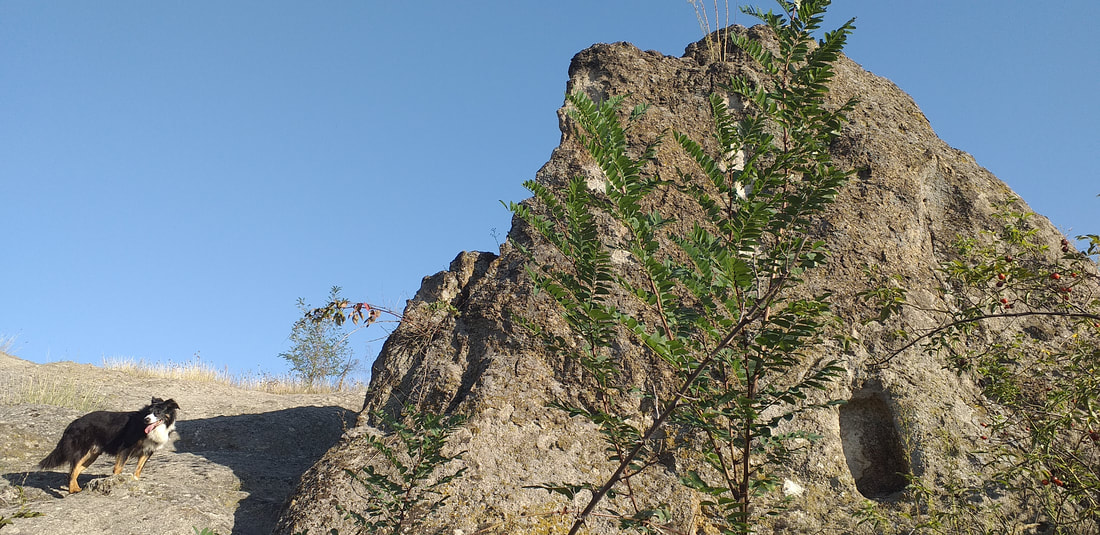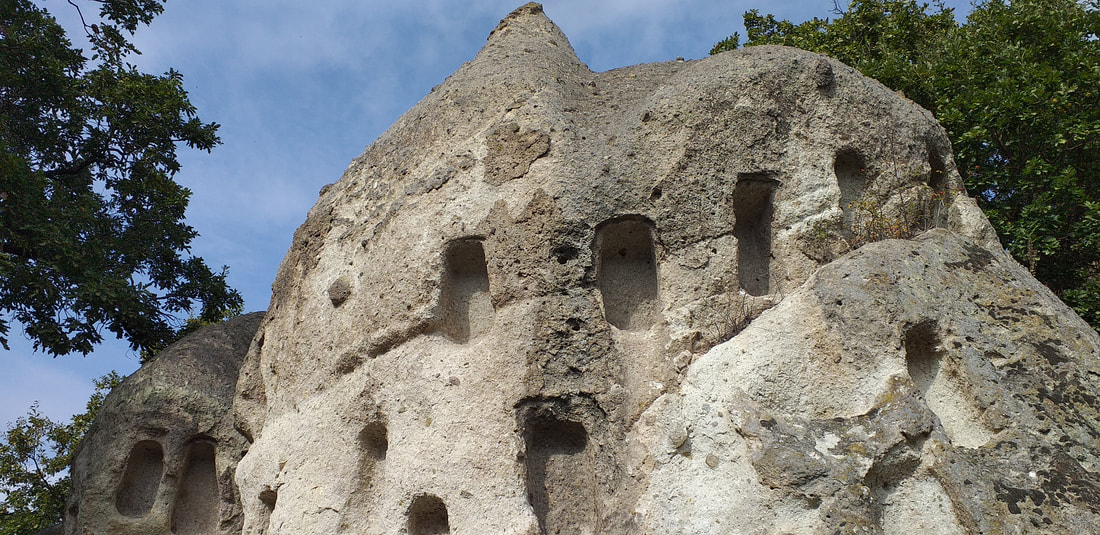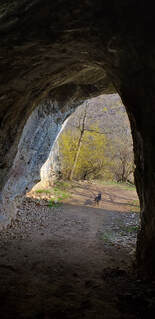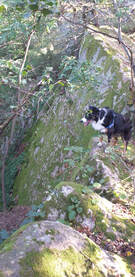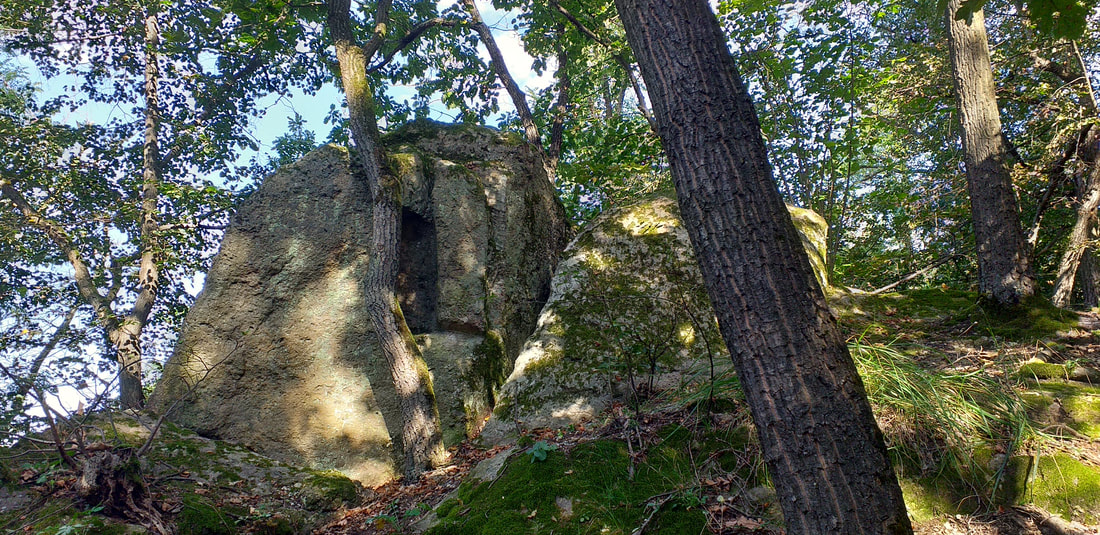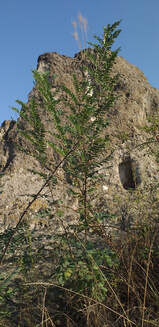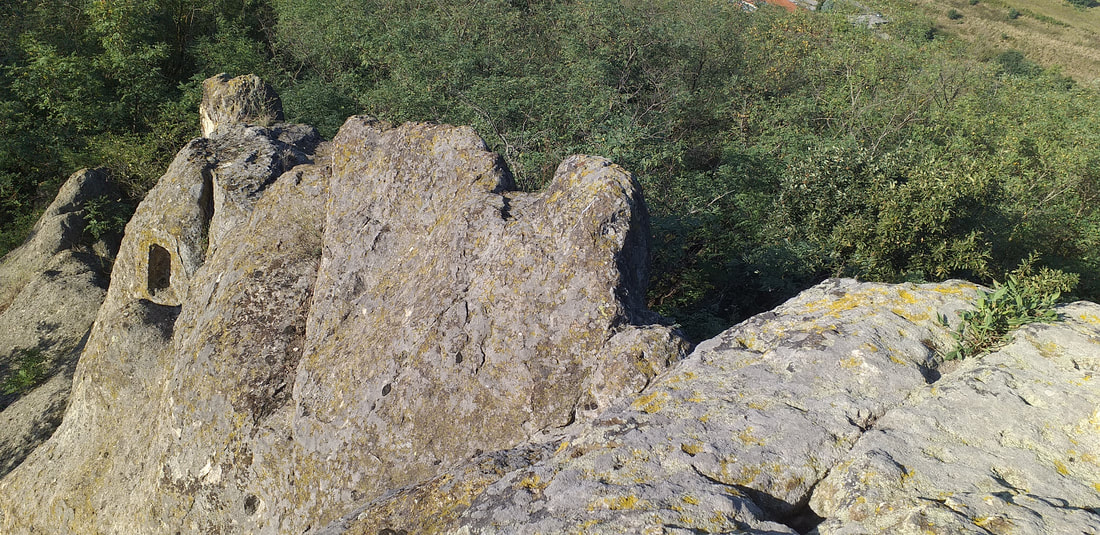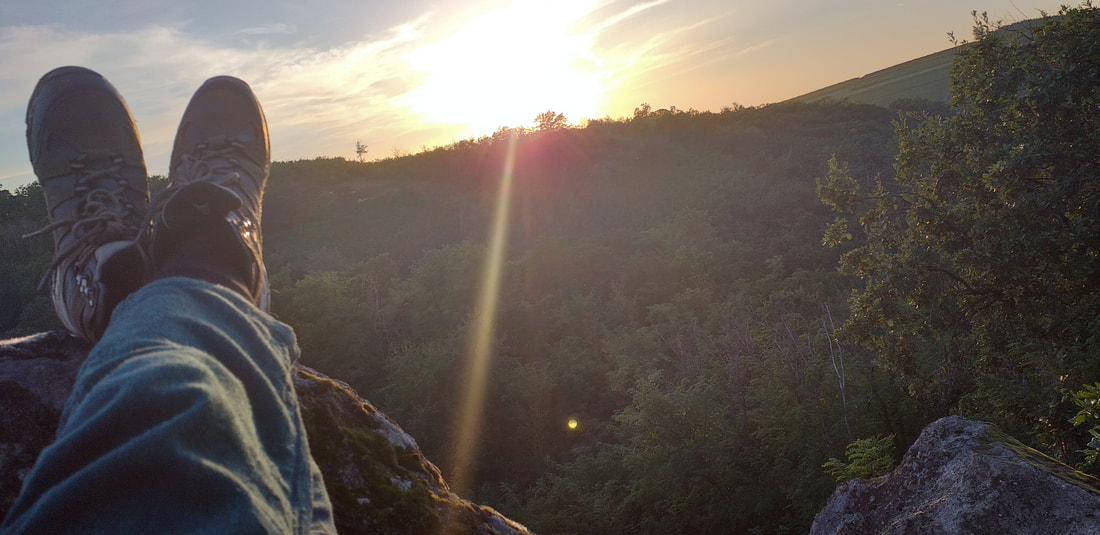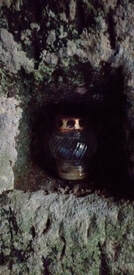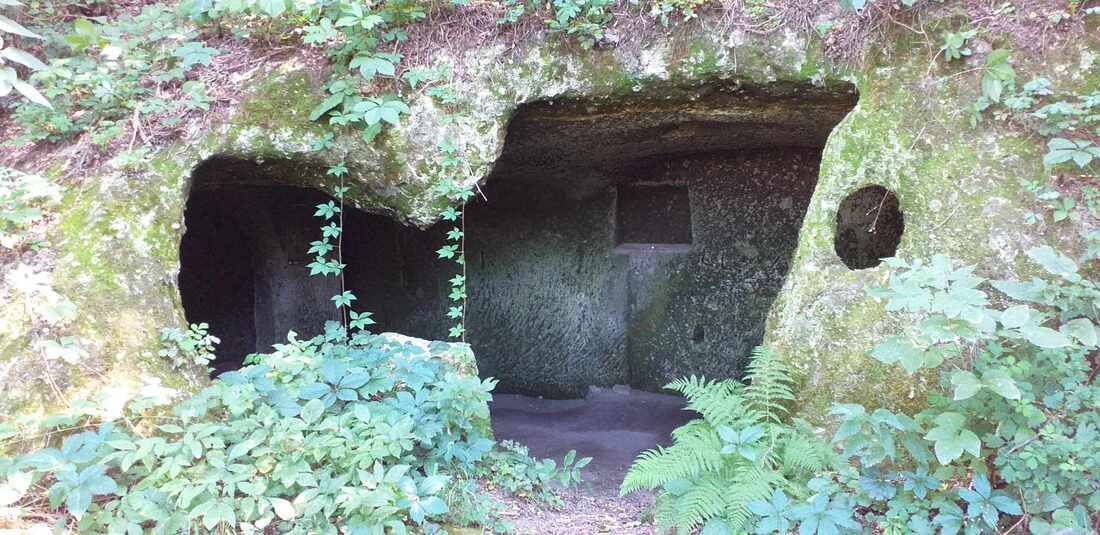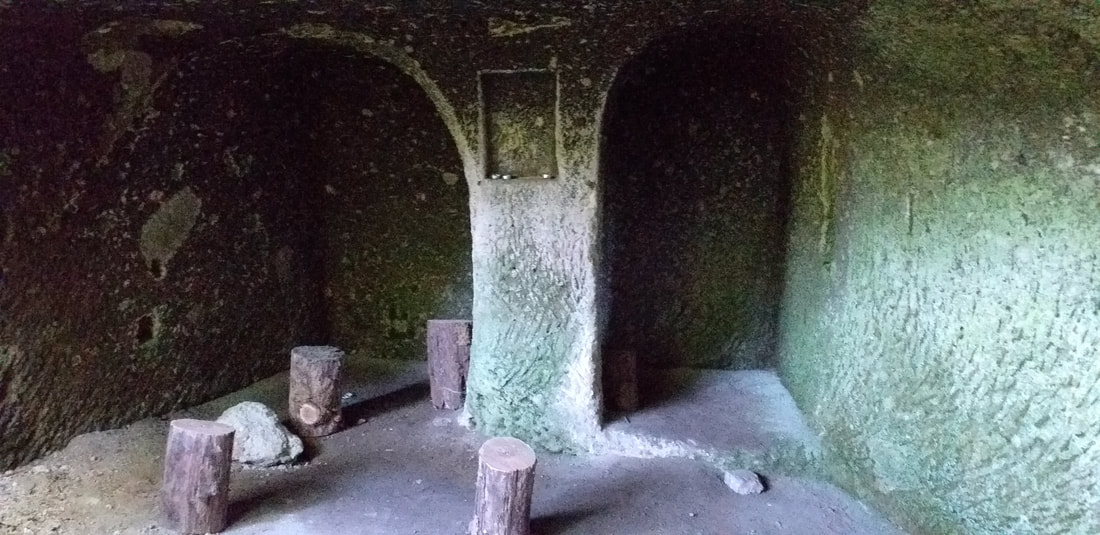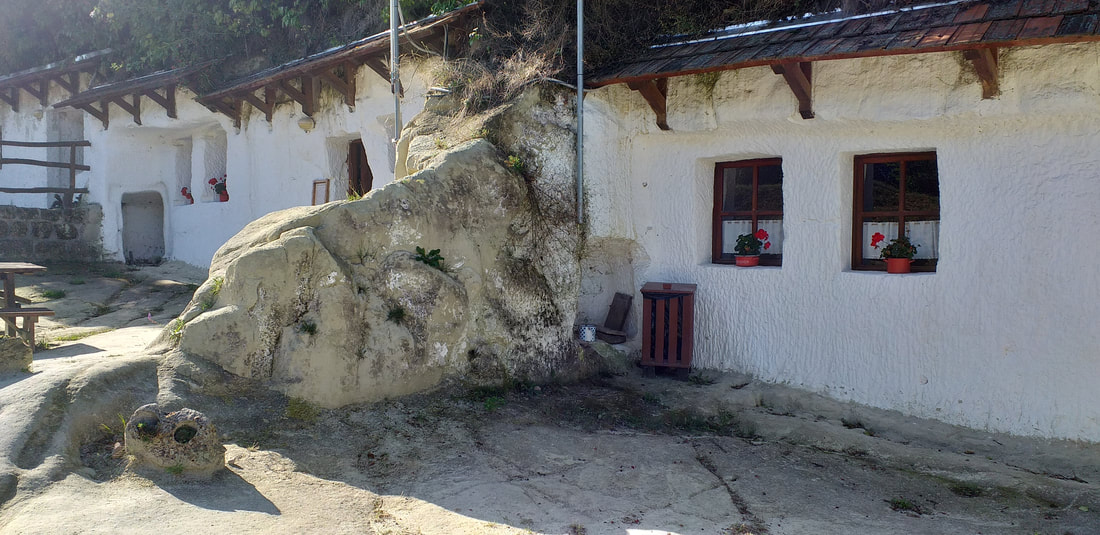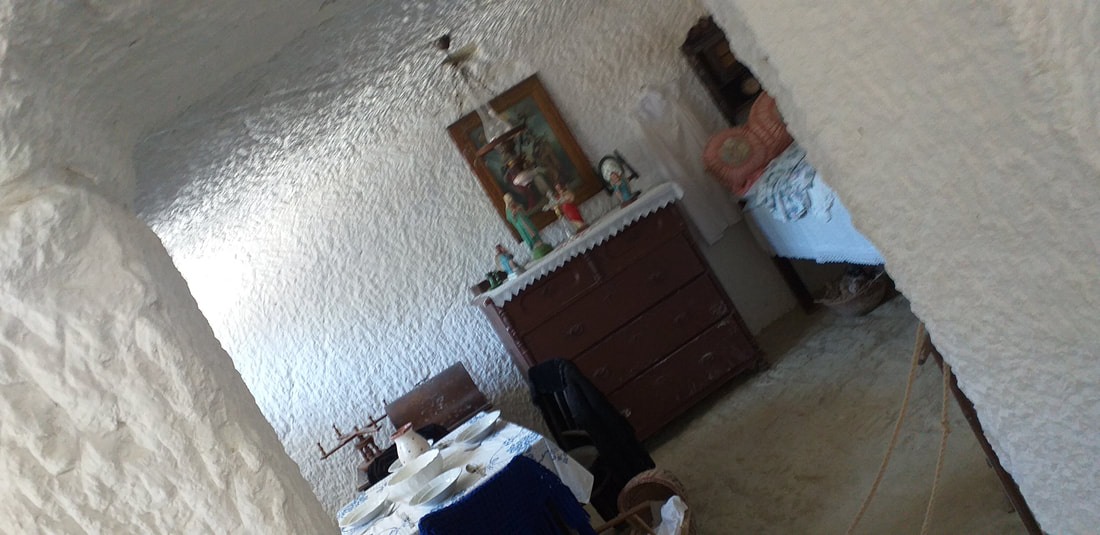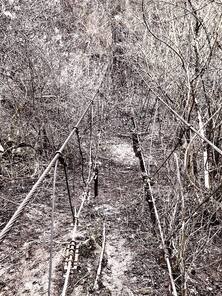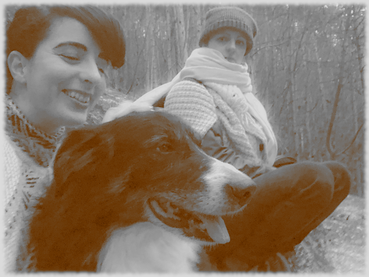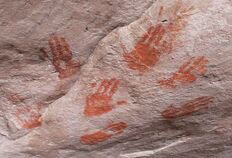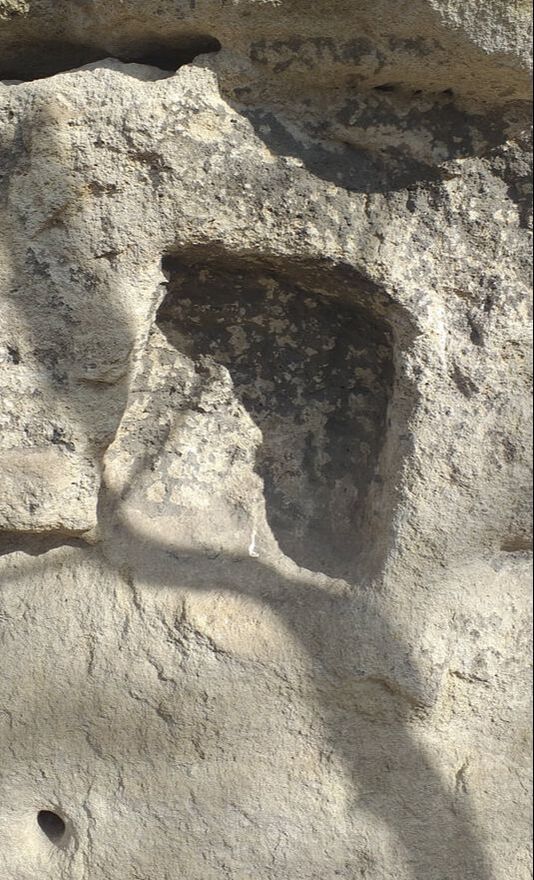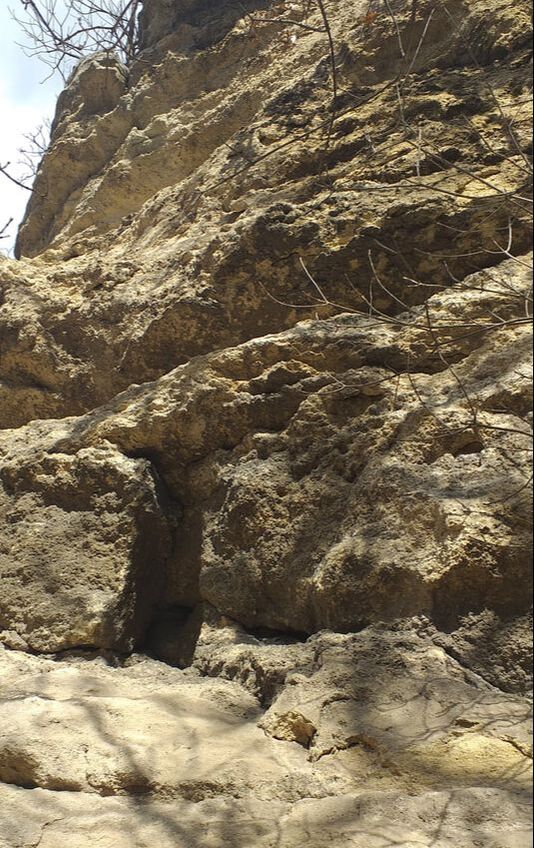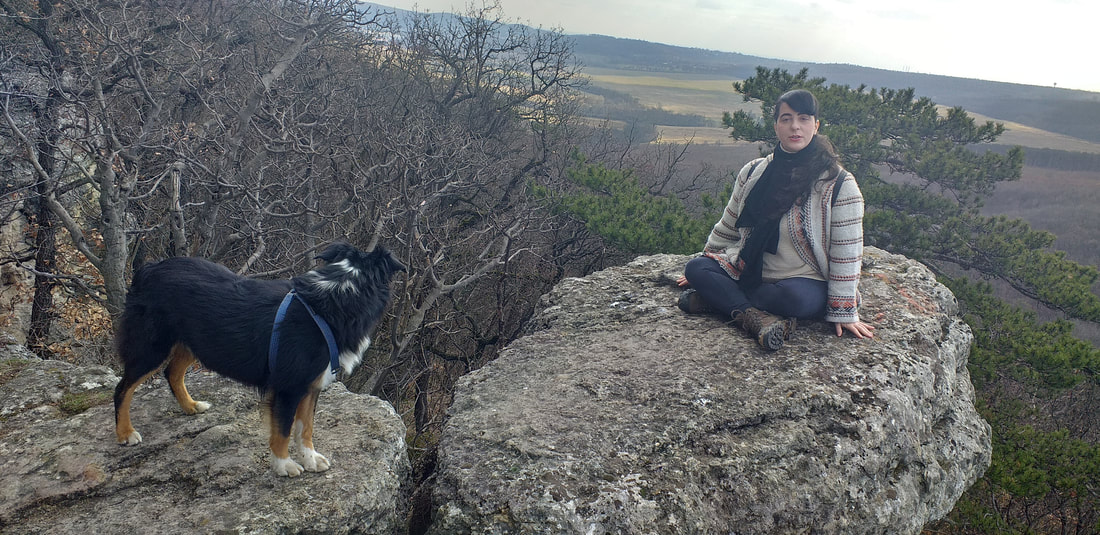The Magic of the Stones |
There is some ancient magic is the land around here.
When I first thought of coming to Hungary and buying some land here, I had the intuition to explore the Northern Highlands (Északi Középhegység). I was guided here, because of some ancient, yet unexplored sites linked to the miraculous. This was not much more than a hunch, but from my previous experiences with the unseen world I learned that these tiny feelings of inner intrigue had to be taken seriously. They can be very helpful, like a scents for wolves to find what they need.
|
For years, I knew that something was around but only began to explore in earnest at the end of summer 2023. Local traditional knows of 41 locations of so-called beehive stones. These are carved rock alcoves, of unknown orgin. The name beehive stone comes from the hypothesis that these semi-windows in the rocks may have been used for honey production - which is an obvious non-sense, as many are located at very hard-to-reach, cold, and dark spots.
|
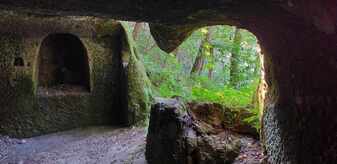 Sanctuary Carved into the Volcanic Rock
Sanctuary Carved into the Volcanic Rock
The truth is, we know nothing of the origin of these stones...
There is no written history, there is virtually nothing we know about these places. Only a few geological and archaeological explorations have been conducted at these sights, which suggest the carvings may be older than Hungary - going back more than a thousand years - and the sites may have been in use since the Upper Paleolithicum, i.e as old as 20-30.000 years. There is nothing we know as a fact which somehow makes these sites the more intriguing to me.
If you visit them with an open heart, you shall find that the stones are not quiet. They speak to you, in a silent language from an invisible realm, whispering: 'There is more - more than what you have seen so far of the world.' These stones stand as threshold guardians at the border of our everyday perception, intriguing us to step over into a land of wonder.
There is no written history, there is virtually nothing we know about these places. Only a few geological and archaeological explorations have been conducted at these sights, which suggest the carvings may be older than Hungary - going back more than a thousand years - and the sites may have been in use since the Upper Paleolithicum, i.e as old as 20-30.000 years. There is nothing we know as a fact which somehow makes these sites the more intriguing to me.
If you visit them with an open heart, you shall find that the stones are not quiet. They speak to you, in a silent language from an invisible realm, whispering: 'There is more - more than what you have seen so far of the world.' These stones stand as threshold guardians at the border of our everyday perception, intriguing us to step over into a land of wonder.
|
Wondering, I have decided to explore these places and listen to the stories the stones have to tell. Maybe, these are stories of the past, maybe these are stories from the depths of the psyche, about what it means to be human. Here, I am beginning the psych-archaeology into the symbols and vibes I can find, and in this space will share all places I can find...
|
The Somolya BeehivesMost of these sites are hardly known, difficult to find, and hidden away in forests or on far-away mountain-tops. The beehive stones around Szomolya constitute the iconic exceptions, where trails, safety railings, and even scaffolds aid your walk. Here is my story...
|
|
Some of the most stunning beehive stones can be found near a village called Cserépváralja.
We have undertaken multiple visits - sometimes just me and my dog, sometimes friends and workshop participants - to unlock some of the secrets of these sites. Interesting things in the invisible realms were happening... |
|
These wild romantic mountains conceal some fascinating clues to take us deeper into the history of being human. Here, hidden in the forest, stands the Devil's Tower, one of those mystical carved stones that we can find around this land. There is a legend around it that gives us invaluable clues about the nature and purpose of these stones. And we can find a cave that held the remains of prehistoric men for tens of thousands of years.
Read more... |
Saddle Rock
|
|
Dragon Temple
|
Somewhere behind the famous vineyards of Eger, deep within the forest, marked by trail signs, yet only to be reached by trails that are overgrown and largely forgotten, lies this rock sanctuary that I nicknamed the 'Dragon Temple.'
During the day, the Sun shines in a little, at night, bats fly around its cool walls. Never before have I felt spiritually as much at home as here. There is peace in the simplicity of this soul shelter and something ancient begins to speak to you from all around the forest as soon as you enter... |
Egerszalók...
There's a single rock site near the village of Egerszalók, a small sanctuary carved into the rock. Only a tiny path is leading towards it through the forest - when you find it, it's quite a stunning surprise. But there is more...
Egerszalók also has some of the cave dwelligs on display (today a Skanzen museum) - habitations carved into the rocks. These dwellings, furnished as traditional village houses, with whitewashed walls, have been in use up until the last century. They constitute another local example of carving into the volcanic rhyolite tuff. |
Jenői Rock-Tower (Jenői torony)
Beehive Stones are mostly found in the Bükk Region which is close to Little Viciente but a few of them are also in the Pilis Mountains, North of Budapest. Dotted with sacred springs, hermitage sites, and monastic routes, they form a spiritual landscape. Here, we embark on yet another quest to find the Beehive Rock near the village Pilisborosjenő. It's another adventurous search, as we must pass military terrain, descend into a valley full of garbage and no path. The old hanging-bridge for hiker has long rotted away, only it's skeleton hangs in the air above our heads. Nearby, we also find a cave which locals call the Bear Cave (Mackó-barlang) which has been inhabited since prehistoric times.
Here, in the Pilis we notice a further pecularity of these monuments: Whoever carved the Beehive Stones, seemed to have chosen rocks that have twin peaks. As we sat in twilight below the rock, looking up where it meets the sky, the sentiment it evoked in us was the same as described in the epic of Gilgamesh, the oldest book in the world: The twin peaks were forming a gateway between this world and the next, the physical and the metaphysical... these ancient monuments are portals, and we - humans who walk the Earth thousands of years after their original creators - are still invited to cross over...
Biatorbágy
Near Biatorbágy, a town - the name of which you can possibly only pronounce if you are Native Hungarian - only a 20 min drive away from Budapest there is a double rock with Beehive carvings in it. This is one of the few sites, where archaeological excavations have been undertaken. Apart from the fragments of a 13-14 century jar and an iron wedge, and "featureless" prehistoric ceramic sherds. (The word "featureless" (jellegtelen) was used in one of the few Hungarian publications about the Beehive Stones. A dangerous adjective, as it draws the attention away from the intriguing fact that there were prehistoric artifacts found at a Beehive Stone site. As Csaba Baráz, a geological explorer of these sites said, the rocks themselves only take research as far as approximating the time of their engraving. Archaeological evidence is needed to take us further.)
|
Since last time we have been at the Somolya Stones, we got into the habit of feeling our way into the Stones. What could they signify, based upon what we, the descendants of the land would want to do with it? We found a bizarre heap of hundreds of abandoned paper envelops with torn-out Bible pages. Our instinct is to light a ritual fire, which feels good and warms us up. Our instinct is to put a strawberry and a grape into the opening as a sacrifice or offering. Our instinct is to put our palms into the engraved semi-windows, to test how they feel. We debate whether it is our imagination that makes the rock wall inside the engravings feel more velvety, more pulsating, more alive. It received our energy like a living being would. Surely, we must have now crossed into the realm of new-age nonsense, but wait a minute... We also must not repeat the age-old mistake 99% of all anthropologists on the planet ever made: To look at an indigenous or distinct culture through the lens of our own. My friend has just returned from Peru. Near Cusco, a local guide near a labyrinth of rock passages supposedly leading into the underworld, showed two similar engravings, which are there called rocas vivas (living stones). (Note to future self: travel there and check it out!) It is not far fetched to assume that ancient people had a living connection with the rocks. In South-Africa, where I did research for my Ph.D. in social anthropology, the local San were talking about the real meaning of the hand-prints they left on cave walls. Those prints were not put there for mere decorations, but to indicate the place where the shaman left the energy for the people, as a sort of healing "battery." There is a mystery here, and with every excursion we takes, it deepens and takes more amazing forms.
|
